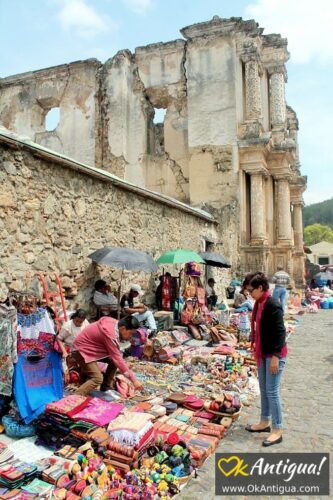 |
| Elizabeth Bell, Author, Historian and award winning Notable Citizen |
¨Calendars reflect how cultures and societies view the organization of time and space over the centuries. Many calendars have emerged and many have disappeared or been modified: the Julian calendar, the Republican calendar, the Gregorian calendar and the Maya calendar to name a few. Each one involved astronomical calculations and incorporate harvests and religious or spiritual fiestas.
I remember in the late 1970s, we all studied how it would be the “End of the World for the Maya” in 2012; we thought it was “pretty neat” as to how it tied into other doomsday calculations of other cultures. With very little bibliography by Maya writers at the time (in fact none in English), we continued to believe that indeed the world—at least in Mesoamerica—would end in 2012. I have recently referred to this as a “California spin.” Watching a recent TV program on the subject, I noted that the experts were all from California. I wondered why a Maya expert was not a participant!
Talking to the experts, we find it is the end of a Mayan calendar cycle and a rebirth of the Mayan culture for the new cycle. Some great references include: The Order of Days: the Maya World and the Truth about 2012 by David Stuart (Schele Professor of Mesoamerican Art and Writing, University of Texas/Austin), 2012: Science & Prophecy of the Ancient Maya by Mark van Stone, Ph.D., and Ri Rejqalem Kisamaj Ri Ajk’ Exelom Chuqa ‘Ri Ajq’ija by Calixta Gabriel (Maya spiritual guide/Thesis Universidad Rafael Landívar), which are all outstanding. Also, refer to the Dresden Codex.
The Maya Long Count calendar started at 13.0.0.0.0. (not “0”) in 3113 B.C. and comes to a complete cycle at the winter solstice this year. This marks a new cycle. There are two calendars that work together. The solar year (365 days), known as haab, has 18 months (20 days each) and a five-day period before the next year. A day (q’ij), a 20-day month (winäq), a year (tun), a 20-year cycle (katun) a 52-year cycle (tzolkin) and so forth up to the end of a b’aq tun (Kakchikel spelling). The sacred calendar, known as tzolk’in, has 13 months (20 days each), for a 260-day count. Each day has a nawal, look yours up in the calendar. The new b’aq tun begins on the winter solstice 2012—time for another fiesta but this one will be BIG! please enjoy it all, by Elizabeth Bell, HERE
· Thanks to The Revue Magazine, Guatemala´s English-language Magazine
· Thanks to Elizabeth Bell, award winning historian, author and notable citizen
· Thanks to http://antiguatours.net/























_-_James_Tissot_-_overall.jpg)
















5 comments:
Len, what is your nahual? Or do you ever tell anyone?
My nahual is CAUAC (rainstorm west) -- it fits like a glove...and you?
Here is an easy site in English to calculate from the Maya calendar ones nahual.
Click on t´zolkin (top) and enter the requested information:
http://www.maya-portal.net/tzolkin
BTW, after you locate your nahual on the Maya calandar, then click on the Maya symbol for the nahual and a up to date reading will appear in a box (with the date to check back for the next update)-- all is gratis, of course.
Huh. Mine is, clockwise, just to the right of yours: "Ahau", Light South.
I have no idea how it fits! :-/
Dearest JCF,
http://www.maya-portal.net/tzolkin
If you click on your sign (after you activate the calender by looking for todays reading) you will get your complete explanation...in your case, it´s no surprise...I can´t copy it because it won´t copy but you must read it as Ahau can mean ¨Lord¨ ¨Sun¨ or even ¨Light¨ and carries the highest potential of all life and is the final cycles of evolution...Light persons are romantic visionaries who are often misperceived as unrealistic dreamers...Endowed with a brilliant vision others lack, Light persons expect the world of themselves, as do those around them. But because the are so advanced they many find it difficult to understand and accept that the world they live in has not yet evolved to their own level of completion and iquilibrium, instead still submerged in materialistic or ego-driven motives...¨read it all, sound amazingly like you to me...Abrazos, Len
Post a Comment